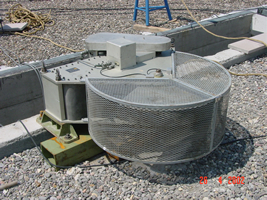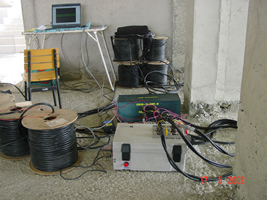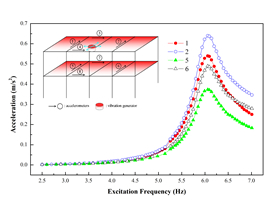Celik OC, Sucuoglu H, Akyuz U [2003] Forced Vibration Testing of Reinforced Concrete Buildings, Proceedings of the Fifth National Conference on Earthquake Engineering, May 2630, Istanbul, Turkey, Paper No. AT-095.
Forced vibration tests were conducted on two different buildings in Ankara, Turkey: The first building was the Structural Mechanics New Laboratory Building of Civil Engineering Department of Middle East Technical University (METU), a two-story prefabricated reinforced concrete (RC) building. The objective in testing this building is to determine not only the dynamic properties of a prefabricated structure but also the influence of the nonstructural walls present in the overall dynamic behavior. The second building was the 4th block of MESA Yonca Evler Housing Complex, a nine-story RC building cast in by tunnel forms. The aim here besides testing an RC building cast in by tunnel forms was to test the structure without any nonstructural elements. Thus, it will help to compare the experimental results with analytical results as the discrepancies between these two have been generally attributed to the nonstructural elements. During the tests the excitation was provided via a vibration generator. The experimental frequency-response curves were plotted in the form of acceleration amplitude, normalized acceleration amplitude, and displacement amplitude versus excitation frequency. Translational mode natural frequencies and mode shapes were determined. The fundamental natural frequencies were found out to be 6.0 Hz for the prefabricated RC building and 3.2 Hz for the RC building cast in by tunnel forms. The experimental results were then compared with the free vibration analysis results. Moreover, the modal damping ratios, which cannot be computed directly from the structural properties or as a result of structural analysis, were also determined.


